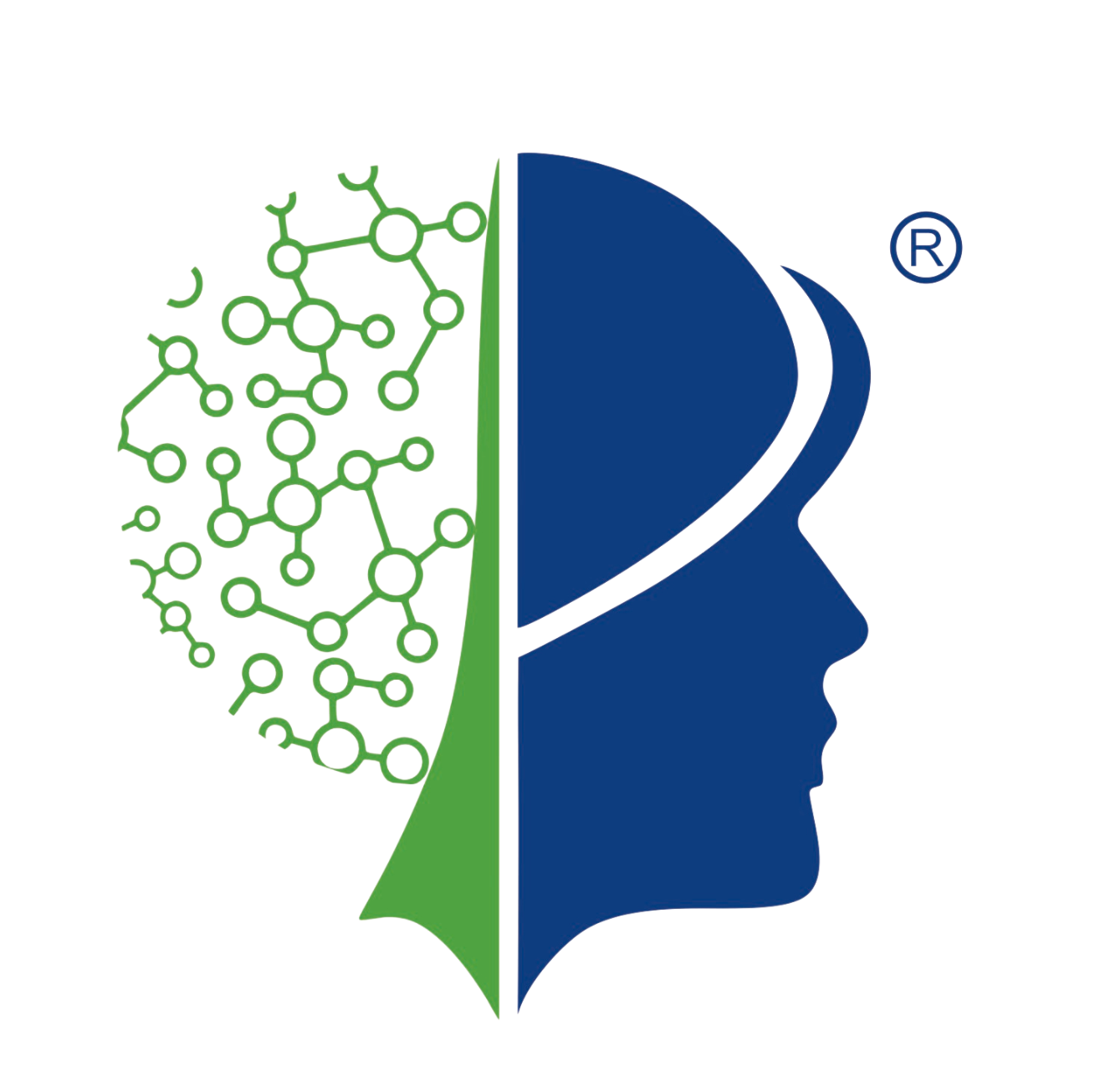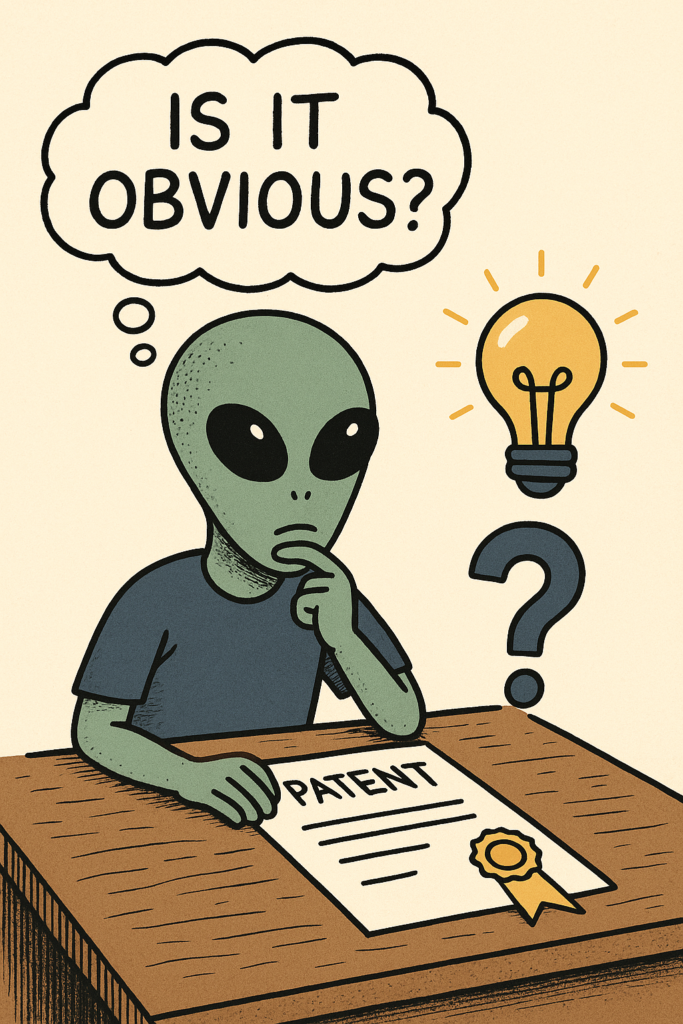Introduction
Imagine you build a smartphone app that lets users scan handwritten notes and automatically converts them into calendar events. You believe it’s clever, efficient, and patent-worthy—only to be told it’s “obvious” because all the individual components already existed. But what makes an invention obvious, and who gets to decide?
At the heart of this debate lies a deceptively simple but critical issue in patent law:
What makes an invention truly innovative, and when does it cross the line into being merely obvious?
This deceptively simple question lies at the centre of patent law’s “inventive step” requirement.
Patent law thrives on incremental advancements, where striking a balance between rewarding genuine innovation and keeping trivial modifications unpatentable is crucial. One of the most debated tools in assessing this threshold is the TSM (Teaching-Suggestion-Motivation) approach, a doctrine rooted in U.S. patent jurisprudence. Originally developed to ensure objectivity is combining prior art, the TSM test asks whether some teaching, suggestion, or motivation would have promoted a skilled person to arrive at the invention.
This article explores the TSM approach, its evolution in the U.S., and its relevance in Indian Patent law while drawing comparative insights from the European Patent Office (EPO) and other jurisdictions.
The Approach: Origins and Evolution
The TSM approach originated in U.S. patent law as a way to assess whether a claimed invention is obvious in light of prior art. The test asked:
Would a person having ordinary skill in the art have had some teaching, suggestion, or motivation to combine prior art elements to arrive at the invention?
This method was adopted to prevent hindsight bias and maintain objectivity. By requiring explicit or implicit motivation to combine existing knowledge, it aimed to protect truly novel inventions.
However, the approach grew too rigid. Courts began granting patents for minor changes simply because no express suggestion to combine elements existed in the prior art.
The turning point came in KSR International Co. v. Teleflex Inc. (2007), the U.S. Supreme Court significantly redefined the obviousness standard:
- Rejected the rigid application of TSM.
- Emphasized common sense and predictability.
- Recognized that design incentives, market forces, and logical reasoning could motivate combinations.
Post-KSR, TSM became one of many non-mandatory tools in a more flexible and holistic analysis of obviousness and is no longer a gatekeeper but one of several tools used to evaluate inventive steps in the U.S.
The Indian Position on Inventive Step
In Indian patent law, the concept of inventive step is defined under Section 2(1) (ja) of the Patents Act, 1970. It requires an invention to involve a feature that constitutes a technical advance over existing knowledge or has economic significance and must not be obvious to a person skilled in the art. While the statute doesn’t mention the TSM approach, Indian courts and the Patent Office often rely on similar reasoning.
Case Example: Biswanath Prasad v. Hindustan Metal Industries (1979)
This early Supreme Court decision emphasized that trivial or expected modifications by skilled workers are not patentable. The case echoes the spirit of TSM, albeit informally.
Though India does not formally adopt the TSM framework, Patent Office decisions frequently examine whether there is any motivation or reason for a skilled person to modify or combine prior art.
De Facto TSM Influence
- Patent Office examiners often ask: Was there motivation to modify prior art?
- Indian decisions frequently reference foreign rulings, including those from the USPTO and EPO.
- Yet, the absence of a codified analytical framework leads to inconsistencies in decision-making.
While this suggests a growing trend of implicit harmonization, the lack of a structured test like TSM means that India’s application of inventive steps can vary from case to case, raising concerns about consistency and predictability in decision-making.
Analysing at a Global Scale
In the US, the TSM test once provided structure but was relaxed after the KSR dispute, allowing a more flexible, contextual approach. TSM remains a tool, not a rule.
EPO’s PSA: Structured and Respected
The European Patent Office applies the Problem-Solution Approach (PSA), a clearly defined framework that begins with identifying the closest prior art, followed by articulating the objective technical problem, and finally assessing whether the proposed invention would have been obvious to solve that problem. This formal method is widely appreciated for providing clarity and consistency in decision-making.
UK’s Windsurfing/Pozzoli Test: Stepwise Logic
In the UK, the Windsurfing/Pozzoli test provides a similarly methodical approach. It breaks the analysis into sequential steps—pinpointing the inventive concept, identifying differences from prior art, and logically determining if the advancement would have been obvious to a skilled person. This step-by-step logic mirrors PSA’s structure while maintaining judicial flexibility.
Conclusion
The TSM approach helps us understand both the benefits and the limits of using a structured method to judge innovation. After the KSR case, it became clear that being too rigid doesn’t always work—sometimes, common sense matters. Still, the core idea behind TSM—that we shouldn’t call something “obvious” just because it seems easy in hindsight—is still very important.
In India, there isn’t a set test like TSM or the PSA used in Europe. That means decisions can vary a lot, depending on who’s reviewing the patent. This lack of consistency can be confusing for inventors and examiners alike.
With innovation becoming more global and connected, India might be better off adopting a clearer, more structured way to assess ideas—maybe something based on TSM, PSA, or a mix of both. At the end of the day, the big question still stands: when is an idea truly non-obvious, and who gets to decide that?
REFERENCES:
- The TSM test and Non-obviousness by Intellepedia.
- TSM: Bringing clarity to the Obviousness Analysis by Wissen Research.
- European Patent Applications Primer: What U.S. Practitioners Need to Know by Theodore Prekop.
- KSR International Co. v. Teleflex Inc. and Technology Holdings Co.
- Non-obviousness in United States Patent law by Wikipedia.
- Identifying the problem without hindsight by Dr. Rose Hughes.
- IP filing in multiple jurisdictions: How to navigate contrasting laws by Espie Angelica E. de Leon.
- How does the ‘teaching, suggestion, or motivation (TSM) test apply to obviousness determinations? By Russ Krajec.
- Teaching suggestion or Motivation Test by LIIBULLETIN, Cornell Law School.
- Federal Circuit overrules Long-Standing Test for Assessing Design Patent Non-Obviousness, Adopts More Flexible Approach by Clyde Alvin Shuman.



